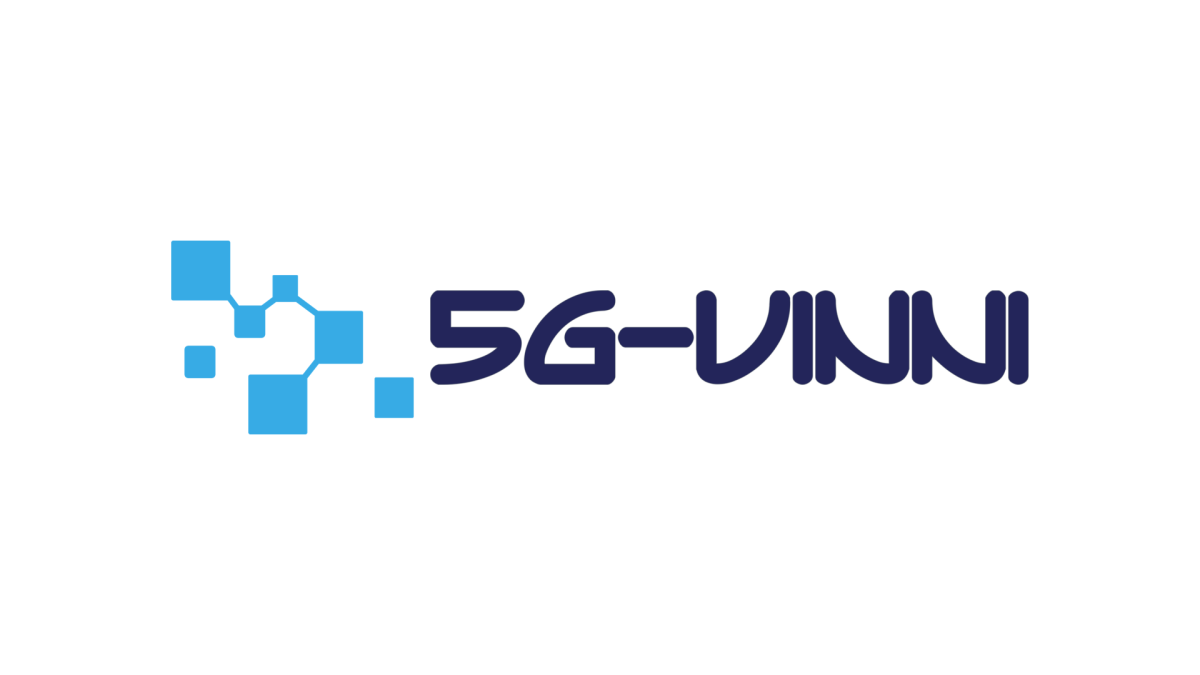5G-VINNI Mobile Ultrasound for Healthcare

Overview of the 5G-VINNI Trial on Mobile Ultrasound for Healthcare
As first responders, ambulances play a key role in ensuring patient safety for diagnosis and treatment during transportation to a hospital. This use case focuses on a medical application for remote healthcare. It uses a 5G-based data transfer between a moving point of care, the ambulance as the first responder, and the university hospital where the medical expert is located, facilitating a bi-directional data transmission for ultrasound and video source.
The trial was conducted at the Munich Facility site, jointly tested by the the Huawei Munich Research Centre and the Munich University of Technology (TUM/MRI). It transfers measured data from the ultrasound unit connected to a 5G UE modem mounted in an ambulance to a remote medical expert in hospital collocated with the base station through Huawei’s 5G network. It transmits a video streaming from a camera also mounted in the ambulance to the hospital over 5G. It uses the 5G 3.41 GHz prototype system deployed at Huawei’s research centre in Munich, with pre-standard RAN and Core Network. The 5G UE prototype modem is mounted in the ambulance, the base station and core network are located at the premises of the Huawei research centre premises, and the base station antennas are mounted on the top roof of its facility. The medical equipment and applications are provided by the Munich University of Technology.
The trial took place in a real urban environment (outdoor), close to ashopping mall as a possible location for emergency situations.
It focuses on RAN and Core network slicing aspects. It comprises the transmission of 2 different applications in parallel with low latency, through the 5G network:
- The ultrasound unit, providing the measurements from patients. The uplink required service throughput is in the range of 5 Mbps.
- The video streaming from camera, showing the patient status. The uplink required service throughput is in the range of 10 Mbps.
5G Empowerment
The remote hospital PC successfully received measurements and data from both applications: The ultrasound providing measurements, the scanning of a patient hand and the camera providing a video stream, mounted in the car, directed to a Laptop screen running an animation (considered as life movement). The average E2E Round Trip Latency, including RAN and CORE, for the 2 applications traffic is in the range of 3 ms (peak of around 6 ms).
The trial has impact for people in urgent situation, such as increasing patient safety when the Hospital is far away; performing the diagnosis and treatment before arriving at the hospital and enabling the virtual presence of a medical expert in a remote hospital.
5G Key Performance Indicators
The trial tested application requirements for latency and throughput, and the capability of 5G to provide the required Radio (e.g. 3-6 ms RTT) and CORE (slicing) capabilities. it prioritised the necessary KPIs to get “high user satisfaction” to extrapolate how many users can be supported within an Area by 5G. The 5G system:
- Provided the required KPIs for the Mobile Ultrasound use case.
- Achieved the 5G low latency service KPI.
- The target of low latency (less than 10 ms) is to give more time for the applications processing which need additional processing time/delay. Implemented the CORE Slicing for better user experience.
Videos and Demos
This video is a walkthrough of the 5G-VINNI use case on mobile ultrasound for healthcare.
Use Case Date Summary
Location: Munich
Parties involved: Huawei Munich Research Centre and the Munich University of Technology
Funding reference: Horizon 2020; H2020-ICT-2018-1; ICT-17-2018 - 5G End-to-End Facility
Funding cycle: July 2018-December 2021
Discover more and join the 5G-VINNI community
Website | Twitter: @5gVinni | LinkedIn | YouTube
